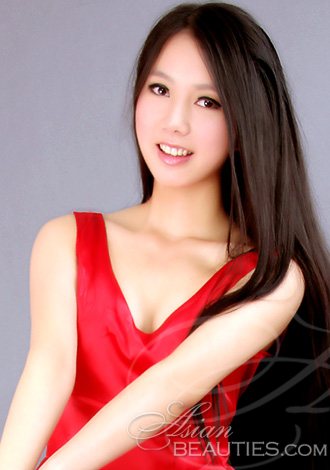Chinese wedding brides and grooms will often be greeted having a red envelope filled with funds, or a lucky red box (hong bao). While friends usually try to give enough designed for the couple to cover all their reception costs, close friends and family will usually provide bigger hong baos as a motion of good fortune.
Wedding party dowry and Grand Gift items
Before the marriage, the soon-to-be husband will present a betrothal gift to the bride’s parents, including gold jewelry, dragon and phoenix feel candles, tea leaves and sesame seeds, wine or brandy, symbolizing https://asianbride.me/countries/chinese-brides/how-much-does-a-chinese-bride-cost prosperity and good fortune. The bride’s father and mother will then go back half of the items, a traditional way to show all of them that they are accepted into the groom’s family.
In addition to the betrothal gift, the groom will likely give the star of the wedding a “Grand Gift” which is usually anything the few can use within their everyday life like a bicycle or perhaps sewing machine, or a refrigerator or perhaps recorder. That is done to show the bride’s parents that they have built a great choice in choosing https://www.countryliving.com/uk/wellbeing/a19870143/love-in-the-countryside-how-to-meet-people/ the bridegroom and that she is going to be very well taken care of once the relationship takes place.
On the day from the wedding, both equally families do the hairdressing and capping rituals for the purpose of the bride-to-be and groom, just like many other cultures. Then groom goes to the bride’s home and is blacklisted by his bridesmaids. During this time, the bridegroom will be tested by his bridesmaids in what happen to be known as chuangmen – door games.
During the chuangmen, the groom must complete numerous challenges that test out his understanding of the bride-to-be and her family, and also his capability to eat spicy, sour, bitter, and sweet facts. After completing https://www.essence.com/beauty/colorism-study-duke-university/ the tasks, the groom is allowed in to the bride’s place to meet her and set her bridal shoes on her feet.
The couple will then take part in a tea ceremony, wherever they serve Tsao Chun to their parents and married family, to indicate love, reverence and gratitude. After the tea ceremony is certainly complete, the couple will probably be served a feast comprising longan, red dates, lotus seed, a hard boiled egg and glutinous grain ball (Tang Yuan) to symbolize a cheerful marriage.
After the tea ceremony, the few will go to their wedding reception and have a major feast using their family and friends. That is where the chinese tradition of giving ang pows is supplied in, which is a sort of good luck and appreciation meant for the people who also helped them during their marriage ceremony.
A small number of will also get their first meals as husband and wife in the same dining room, following the tea commemoration. The food is typically a vegetarian meal, but it is certainly not uncommon designed for meat for being served included in the banquet, to signify the couple’s commitment to a life in concert.
Another important rite of verse is the Guo Men, or perhaps San Zhao Hui Men, where the star of the event will return to her parents’ house after her wedding party. This is an important rite of passage and it should be performed as soon as possible following the wedding. Nowadays, the wedding couple can go for a honeymoon vacation ahead of this event nevertheless the rite of passage remains vital to the new couple’s relationship with their mother-in-law and father-in-law.
